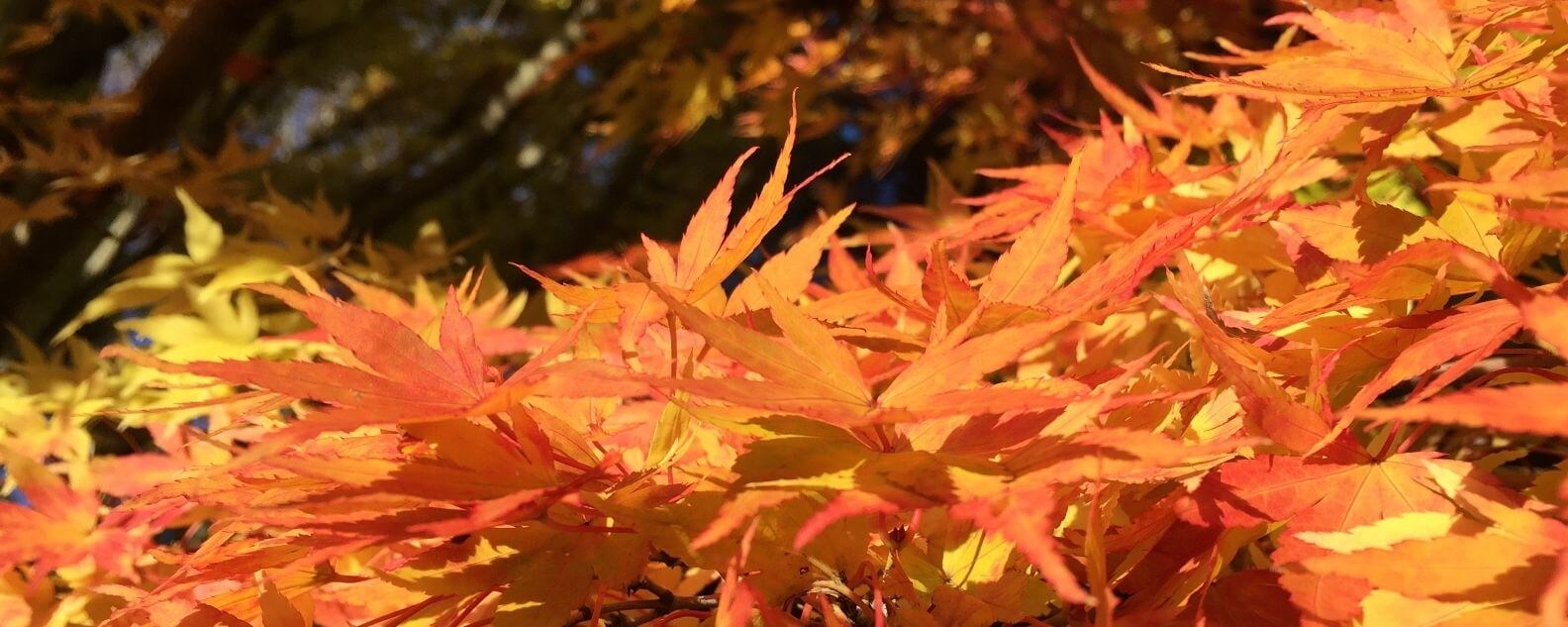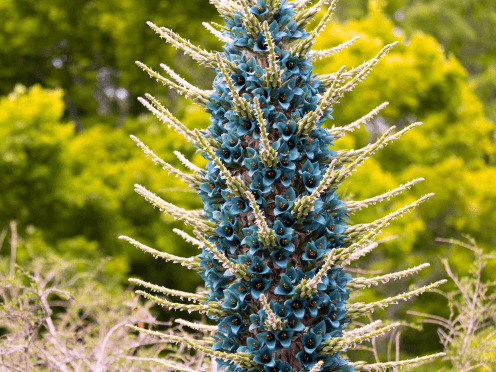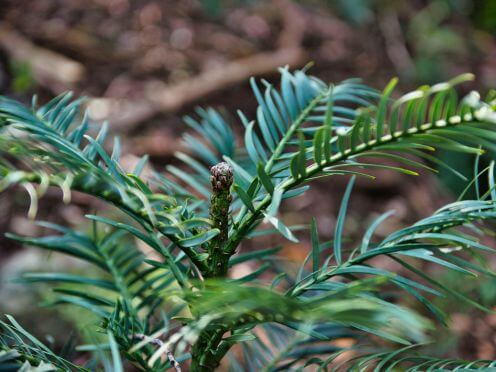How climate change is dulling autumn colours
March may mark the official start of autumn, but horticulturalists across Botanic Garden of Sydney’s three sites have already seen leaves changing colour for some weeks now.

After a strange summer of extreme temperatures, intense thunderstorms and oppressive humidity, Supervisor of Natural Areas and Arboriculture at the Blue Mountains Botanic Garden Mount Tomah, Ian Allan, has been looking forward to autumn.
“It’s a wonderful time, most of our team have a real fondness for this time of year,” he said, adding he needed some respite from the humidity.
“It’s been really muggy and us Mountain folk aren't as used to it as the Sydney flatlanders,” he joked.

Supervisor of Natural Areas and Arboriculture at the Blue Mountains Botanic Garden Mount Tomah, Ian Allan, predicts nature's annual show of colour could be more muted than previous years.
Autumn's false start
As Supervisor of Natural Areas and Arboriculture at the Blue Mountains Botanic Garden Mount Tomah, he’s noticed the plants are just as confused by the weird weather.
“We’re seeing plants do things we have never seen them do before,” Mr Allan said.
“We've been seeing leaves with autumn colour on a branch or two even a month ago up here. We’ve had night-time temperatures a few times now where it has dropped down to under 10 degrees and that has a huge impact on the trees.”

Autumn colours on deciduous trees are a result of a complex evolutionary strategy to save energy and conserve resources.
Colour chemistry
The vibrancy of autumn colours can vary from year to year depending on weather conditions.
Higher rainfall can make for more stronger shades of red, orange, yellow and purple, while sunny days help the production of anthocyanin – a key chemical in the colour changing process for leaves.
“The autumn colour, a lot of it is triggered by cold night-time temperatures and daylight triggers, so with all the cloud cover we have been getting with these afternoon storms, and some quite dreary, misty days coupled with a few really cold nights, it has really thrown the plants into turmoil.”
The dazzling displays of colour deciduous trees put on are a result of a complex evolutionary strategy to save energy and conserve resources, which is critical to the trees’ growth and survival.
So, this false start to autumn can be a problem for the plants, according to Mr Allan.
“What is happening is the plants are stopping to photosynthesise because of the temperatures or lack of light, and when that is thrown about it can really affect the plant, probably not in the short-term, but if this was to continue for a couple of years, it could really have an impact,” he said.
“Our sector is very aware of human-induced climate change at the moment and what it’s doing to the plants, and I guess, long-term we don’t know yet, there is not enough data on it.”

With a dense collection of cool climate trees nestled in amongst UNESCO World heritage wilderness, the Blue Mountains Botanic Garden Mount Tomah is one of the best places to marvel at nature’s spectacular show of autumn colour.
Autumn 2024 colour
For now, it means nature’s annual show of autumn colour could be more muted than previous years.
But Mr Allan said the Blue Mountains Botanic Garden Mount Tomah will still be one of the best places to experience the magic of autumn.
“Here at Mount Tomah, it is a wonderful time with the cool climate we have, we get to grow so many wonderful deciduous trees and it’s a really special.”
Plan your visit to the Blue Mountains Botanic Garden Mount Tomah.
Related stories

An extraordinary display of rare bright turquoise blooms are in flower for the next few weeks at the Blue Mountains Botanic Garden Mount Tomah.

An extraordinary display of rare bright turquoise blooms are in flower for the next few weeks at the Blue Mountains Botanic Garden Mount Tomah.

The legendary Wollemi Pine (Wollemia nobilis) has captivated the world since its discovery in the Blue Mountains in 1994. Three decades later, its survival story isn't over yet with the critically endangered conifer still at risk of extinction.